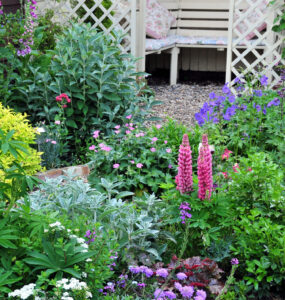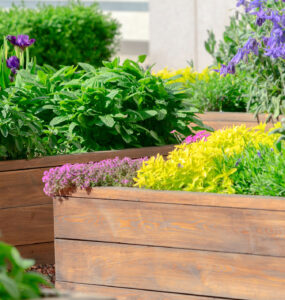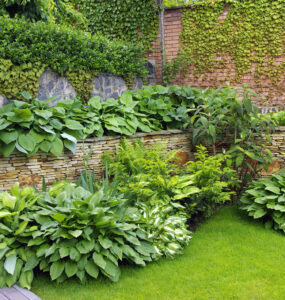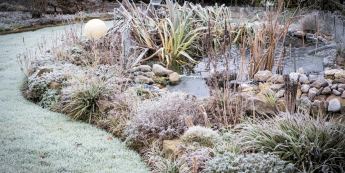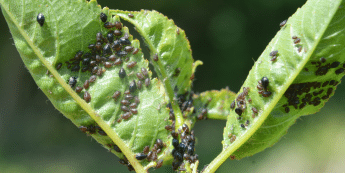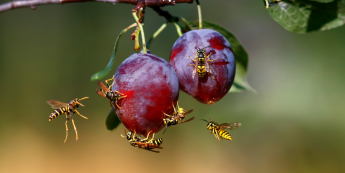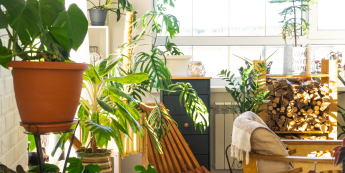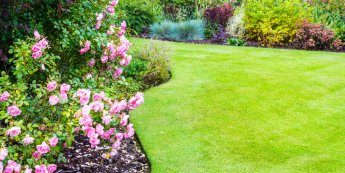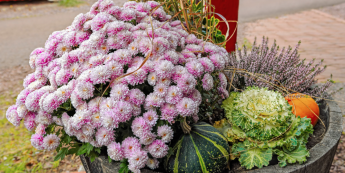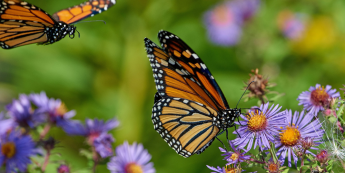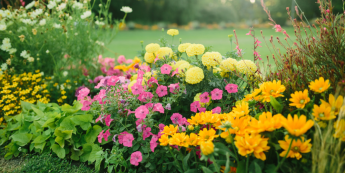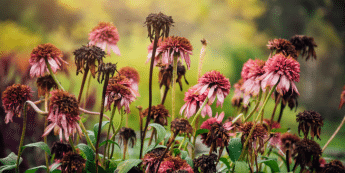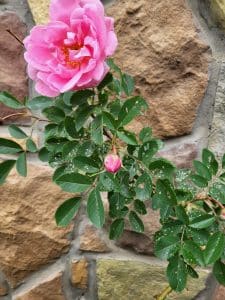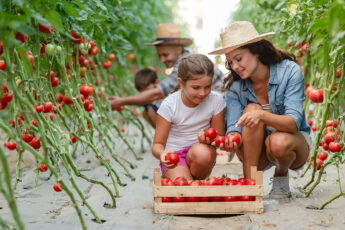Best & Worst Houseplants for Kids
by Rob Sproule
Young children explore their world with enviable curiosity. Their sense of wonder at each singular moment of discovery is enough to soften the hardest heart.
As inspiring as their curiosity is, it also challenges us to take a closer look at the rooms our children are discovering. The best environments are both free of hazards and full of enriching, sensory rich objects to engage with.
Many of us have plants in our home that hail from far-flung continents and vary widely in their chemical make-ups. Houseplants aren’t as passive as we think, and it’s important that we recognize whether their individually evolved characteristics make them potentially beneficial or harmful to young explorers.
Plants to Avoid
Plants are astonishingly complicated organisms and each one brings a unique of chemicals into the home. Usually, the effects of these chemicals range from neutral to beneficial (ex. air-cleaning plants), but sometimes they contain toxic compounds that best remain unexplored by children.
It’s hard to pin down a full list of toxic houseplants because the definition of toxicity is relative to who you ask. What follows is not a full list, but it includes many of the most common types of houseplants.
Symptoms for these plants vary widely, as does the amount of leaves or seeds that needs to be ingested before symptoms kick-in. Note that while plants toxic to kids are usually toxic to pets, as well, this isn’t always the case.
If you have Amaryllis, Azalea, Cardboard Palm, Caladium, Chinese Evergreen, English Ivy, Philodendron, Schefflera (Umbrella Plant), or Snake Plant in your home, make sure that your little explorer can’t reach it. These plants will cause tummy aches, vomiting, or worse in large doses.
I would suggest removing the following plants from the home altogether. They are considered highly toxic and are potentially fatal if eaten. These include Oleander, Daffodil and Hyacinth bulbs, Dieffenbachia, Holly with berries, and Mistletoe with Berries.
Best Plants for Kids
African Violets have been a soft-spoken house-hold favourite for centuries, but ironically this seemingly old-fashioned plant consistently fascinates young children. Their famously fuzzy leaves are irresistibly touchable to all ages, and your little one will toddle across the room just to feel.
While they need to be handled gently, their leaves provide unique texture and could lead to a learning moment about the diversity of plants. As you’ll probably be asked, the hairy leaves shade the leaf from the hot African sun, reducing the amount of water it needs.
If your little one like to be rougher with plants, and if you want to introduce smell as well as texture, consider a Citronella Geranium. My wife suggested this one for its ease of growth and crisp lemony scent.
You can buy Citronella starter plants in the spring and easily propagate them from cuttings. In the summer you can dab crushed leaves on children’s’ skin for a natural mosquito controlling alternative to DEET.
Boston ferns are another traditional favourite that kids love. Their long green fronds have a soft and alluring texture. Children can turn the leaves over to discover bumpy, tactile spores underneath.
If you think the air always smells a little fresher around your fern, you’re right! The humble Boston is one of the world’s top air cleaning plants, and pull airborne benzene, formaldehyde, and xylene out of any room they’re in.
Spider Plants are another air cleaner that are more rugged than ferns. On top of neutralizing poisonous gases like carbon monoxide, it brings touchable glossy leaves and its runners resemble alien spiders dangling down to earth from their web.
To really awaken the imagination, cut off a few of these runners and put them in a clear glass of water. Your little one will watch as roots appear out of nowhere to fill the glass. Then they can plant the new spider plant and watch the cycle start again.


